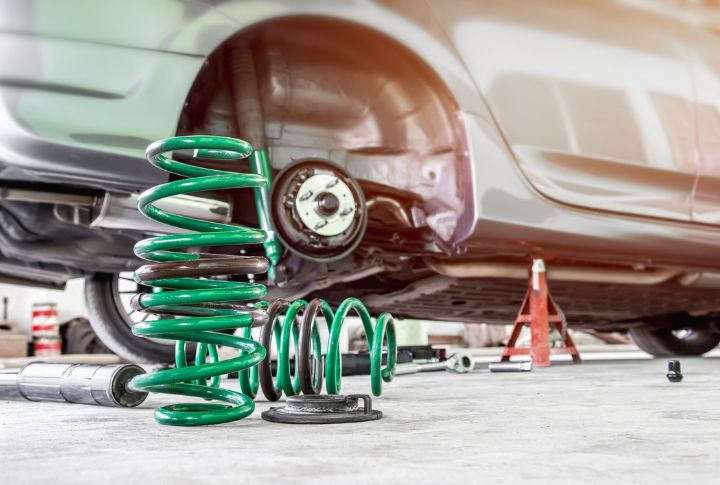
Your car’s shocks are critical in ensuring a smooth and comfortable ride, absorbing bumps and vibrations from the road. But how long do shocks typically last, and what signs do they require changing? In this comprehensive list, we’ll explore the lifespan of shocks and the telltale indicators that it’s time for a replacement.
How Long Do Shocks Last?

When it comes to the lifespan of your car’s shocks, there’s no one-size-fits-all answer. Aggressive driving, rough terrain, heavy loads, and inferior shocks can accelerate wear and tear, causing them to degrade more quickly. It is estimated that shocks last between 50,000 and 100,000 miles on average. However, monitoring their condition regularly and replacing them when necessary is crucial to their performance and safety.
Signs They Need Changing
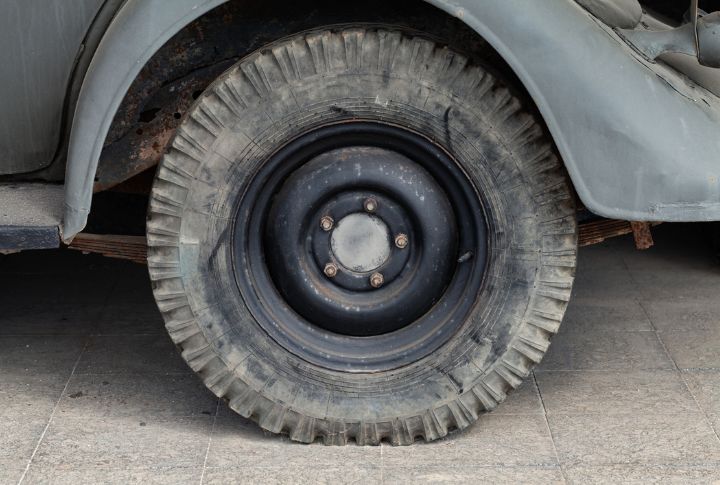
As your car’s shocks wear out, they may exhibit various warning signs that indicate it’s time for a replacement. From decreased handling to rugged tire wear, the following are some common indicators that they need changing.
Decreased Handling
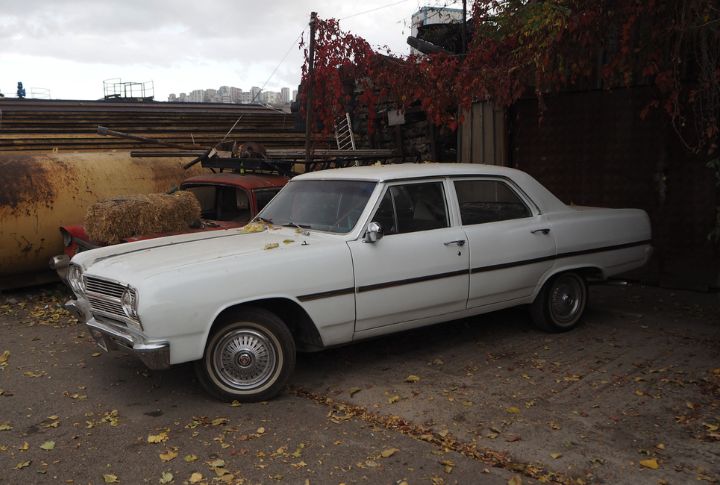
Worn shocks can affect your car’s stability and handling, causing it to feel loose or floaty on the road. If you notice excessive body roll when cornering or a lack of responsiveness in steering, it could be a sign that the shocks are tattered and need replacement.
Rough Ride

A rough ride is one of the most noticeable indicators of damaged shocks. It can significantly impact driving comfort and vehicle handling. When shocks deteriorate, they lose their ability to effectively absorb the bumps and vibrations from the road, resulting in a harsh and jolting driving experience. Every bump, pothole, or rugged surface becomes more pronounced.
Excessive Bouncing

Often referred to as “porpoising,” it occurs when the shocks can no longer effectively control the movement of the vehicle’s suspension. This phenomenon can result in a jarring and uncomfortable ride, as the vehicle bounces up and down excessively over bumps and uneven surfaces. While some bouncing is normal, especially on coarse roads, increasing the severity or frequency of bouncing can indicate shock wear.
Nose Diving or Squatting

Your car should maintain a level stance when braking or accelerating. However, worn shocks can cause the front end to dive forward during braking or the rear end to squat down during acceleration. These symptoms not only affect ride comfort but also compromise safety and stability.
Uneven Tire Wear
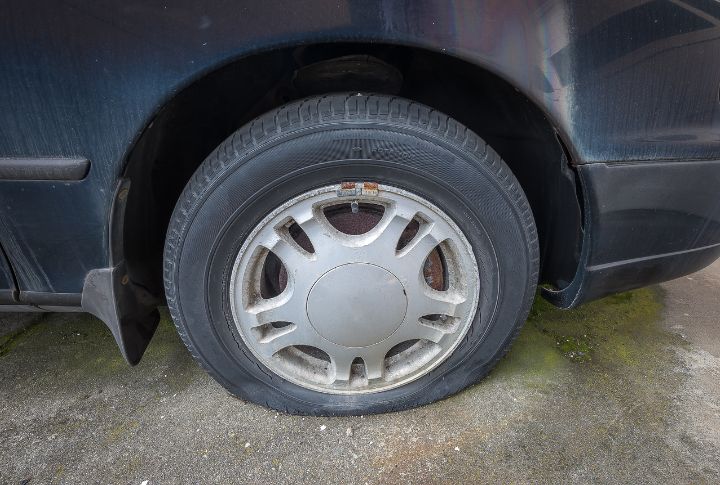
Damaged shocks can lead to uneven tire wear, as they fail to keep the tires firmly planted on the road surface. Suppose you notice unusual wear patterns, such as cupping or scalloping. In that case, inspecting them as soon as possible is essential to prevent further damage to your tires and suspension components.
Fluid Leaks
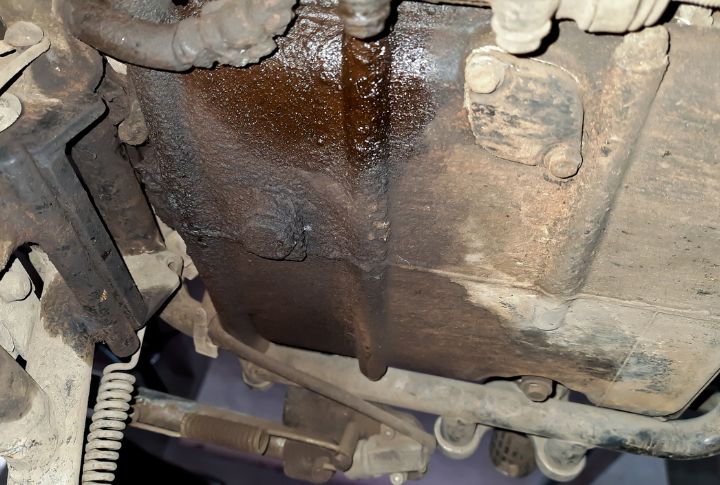
Visible fluid leaks around the shocks or on the ground beneath your car indicate shock failure. Damaged seals or worn internal components can cause hydraulic fluid to leak, compromising the shock’s ability to absorb bumps and impacts effectively.
Excessive Noise

Worn shocks can produce various noises, including clunking, banging, or squeaking, especially when driving over rough roads or uneven surfaces. These noises often indicate damaged bushings, mounts, or internal components, which should be addressed immediately to prevent further damage.
Mileage
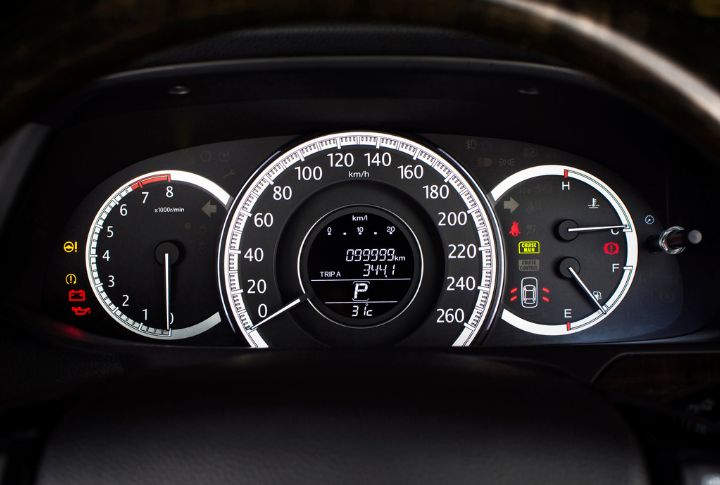
Finally, suppose your car has reached the manufacturer’s recommended mileage for shock replacement, or it has been several years since it was last replaced. In that case, having it inspected by a qualified mechanic is a good idea. Preventative maintenance can help ensure your shocks are in optimal condition and provide a smooth and safe ride for miles to come.
